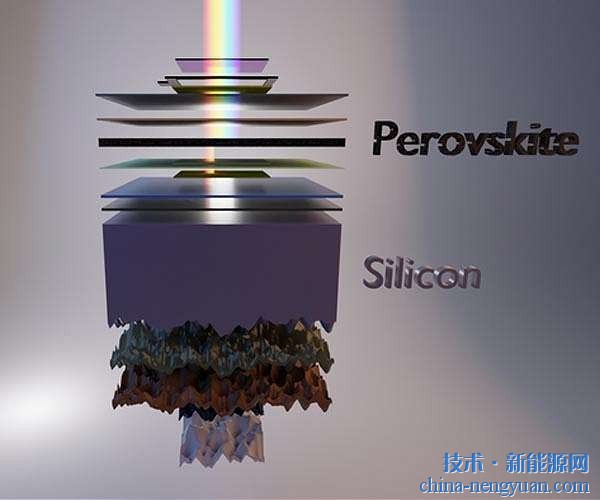 |
With the rapid development of flexible smart wearable devices, the requirements for the flexibility of magnetoelectric functional devices have been proposed. Due to the inverse magnetostrictive properties of the magnetic material, the stress/strain generated by the bent or stretched state changes the magnetic anisotropy of the magnetic film, thereby affecting the performance of the magnetic device. How to avoid the stress magnetic anisotropy has an adverse effect on the performance of the flexible magnetic device is one of the important challenges facing the development of flexible magnetic films and devices.
In recent years, the Magnetic Electron Materials and Devices Research Group of the Key Laboratory of Magnetic Materials and Devices, Ningbo Institute of Materials Technology and Engineering, Chinese Academy of Sciences, systematically studied the magnetic anisotropy of stress/strain to flexible magnetic films and flexible exchange bias heterojunctions. Regulations [Appl. Phys. Lett. 100, 122407 (2012), Appl. Phys. Lett. 102, 022412 (2013), Appl. Phys. Lett. 105, 103504 (2014)]. By using the inverse piezoelectric effect and anisotropic thermal expansion characteristics of flexible polyvinylidene fluoride (PVDF) piezoelectric films, the temperature field and the electric field are combined in the flexible FeGa/PVDF and CoFeB/PVDF composite film materials to achieve magnetic anisotropy. With effective control, its magnetic anisotropy increases with increasing temperature and exhibits a positive temperature coefficient characteristic, which can solve the problem that the magnetic anisotropy of conventional magnetic materials decreases as the temperature increases, resulting in high-frequency magnetic devices at high temperatures. The problem of degraded performance [Sci. Rep. 4, 6615 (2014), Sci. Rep. 4, 6925 (2014)]. Furthermore, the stress magnetic anisotropy of the magnetic thin film is improved by the frustum effect of the flexible substrate, and a high-frequency magnetic thin film having a ferromagnetic resonance frequency of 5.3 GHz and a reflection loss of 28 dB is obtained [Appl. Phys. Lett. 106, 162405 (2015)].
For the spin valve device, the uniaxial magnetic anisotropy of the magnetic free layer is very small, so that the direction of the magnetic moment is easily changed by the external magnetic field, exhibiting a very high magnetic field sensitivity. However, in the case of flexible spin valve devices, the stress from the substrate during the manufacturing process and the stress caused by deformation such as bending or stretching during use will greatly reduce the magnetic field sensitivity of the flexible spin valve device. Recently, the research team compared two methods for preparing magnetic thin films with a surface periodic structure on a flexible polydimethylsiloxane (PDMS) substrate (Fig. 1). Magnetic films grown directly on stretched PDMS exhibit a regular surface wrinkle structure and weak magnetic anisotropy; a surface periodic structure is pre-generated with non-magnetic metal, and the deposited magnetic film exhibits strong magnetic anisotropy. The opposite sex [Appl. Phys. Lett. 108, 102409 (2016)]. Based on this research, a flexible giant magnetoresistive spin-valve sensor with high magnetic field sensitivity was prepared by direct growth on the tensile PDMS. Longitudinal tensile strain could be released through the surface periodic structure, and the surface parallel microstrip was designed. The transverse strain introduced by the Poisson effect can be released, thereby significantly reducing the effect of tensile strain on the magnetic anisotropy of the magnetic layer, and avoiding the fracture behavior of the metal film under tensile strain. The spin valve magnetic sensor is prepared at 50 In the tensile strain range of %, the magnetic resistivity, magnetic field sensitivity, and sample resistance can be kept constant. [ACS Nano 10, 4403 (2016)] (Figure 2). The stretchable magnetic sensor with stable reliability can be used as a current sensor, a position sensor, an angle sensor, a gear sensor and the like, and is integrated in a flexible smart wearable device, and has an important application prospect.
The project was supported by projects supported by the National Natural Science Foundation of China, the Chinese Academy of Sciences, and the Ningbo Municipal Science and Technology Bureau.
Uvc Light,T5 Uvc Lamp,T5 Uvc Tube,T5 Uvc Bulb
Changxing leboom lighting product CO.Ltd. , https://www.leboomuvd.com